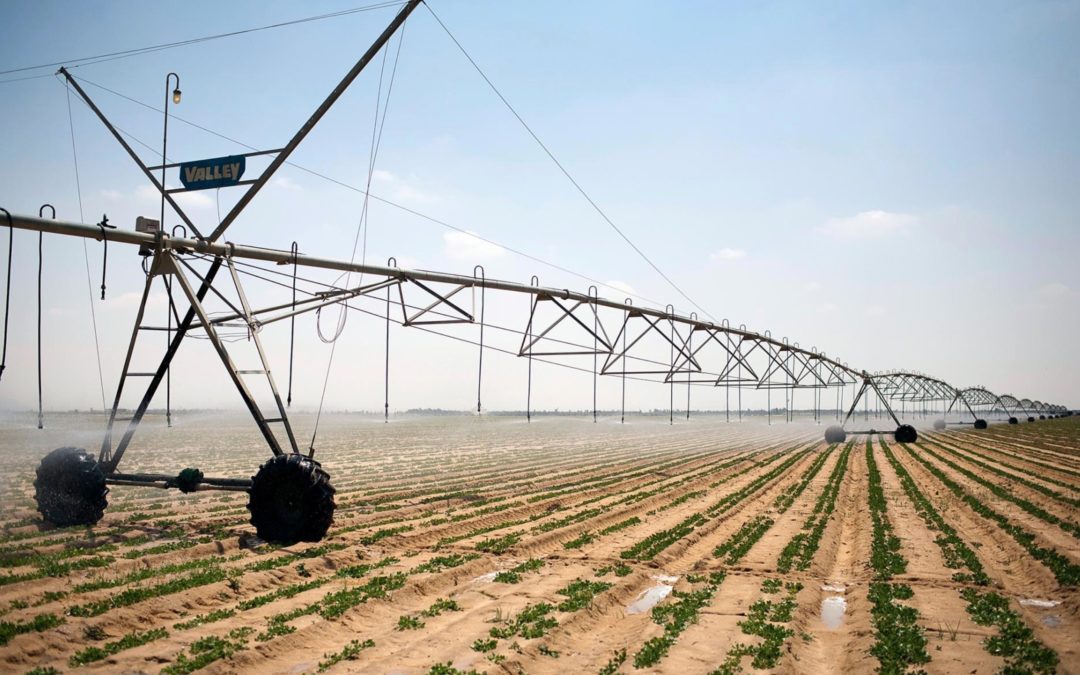SOURCE: National Geographic
DATE: October 10, 2019
SNIP: As many as five billion people, particularly in Africa and South Asia, are likely to face shortages of food and clean water in the coming decades as nature declines. Hundreds of millions more could be vulnerable to increased risks of severe coastal storms, according to the first-ever model examining how nature and humans can survive together.
“I hope no one is shocked that billions of people could be impacted by 2050,” says Rebecca Chaplin-Kramer a landscape ecologist at Stanford University. “We know we are dependent on nature for many things,” says Chaplin-Kramer, lead author of the paper “Global Modeling Of Nature’s Contributions To People” published in Science.
That nature is in sharp decline was made clear in the first-ever global assessment of biodiversity released earlier this year. Human activity has resulted in the severe alteration of more than 75 percent of Earth’s land areas and 66 percent of the oceans, putting a million species at risk of extinction, according to the Global Assessment Report on Biodiversity and Ecosystem Services.
Human well-being is dependent upon nature’s contributions. The new model looked at three of nature’s contributions or services: providing clean water; coastal protection, or crop pollination. The model reveals that the future declines in those services will hit people in Africa and South Asia hardest because they are more directly dependent on nature, says Chaplin-Kramer in an interview. People in wealthier countries can buffer the impacts though imports of food and infrastructure.
To look at clean water, the model mapped plants that grow near lakes and rivers. Depending on topography, climate, runoff, and other factors, estimates can be made of how much excess nitrogen fertilizer from upstream farm fields remains in waterways. When overlaid with maps of drinking water sources for people, it estimates the potential exposure to nitrate pollution.
In a similar fashion, maps of coral reefs, mangroves, seagrasses, and salt marshes that can protect coastal erosion and storm surges were overlaid with maps of where people live on coasts.
Wild pollinators need natural habitat to survive, so maps of where food crops are grown were overlaid with existing areas of natural habitat.
The decline of nature is clear—we’ve lost 85 percent of all wetlands, for example—but the impacts of that loss are not, she says. The new model makes those kinds of impacts tangible by showing how many people are affected and where. It is also fine-scaled enough to reveal the effects of the loss of nature for every 300 by 300 meter patch of the Earth. That shows where restoring nature or preventing its loss provide the biggest benefits, says Balvanera.

